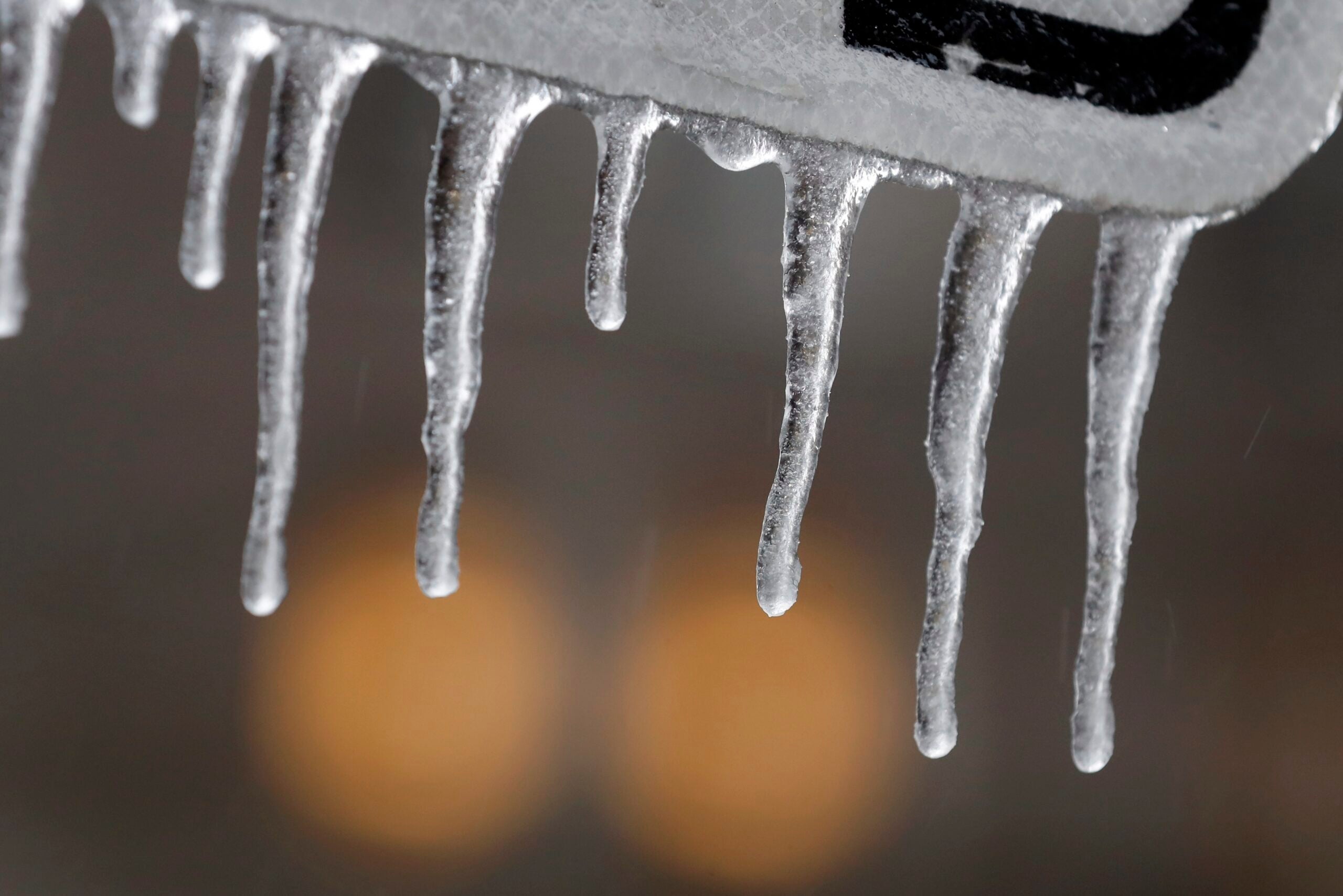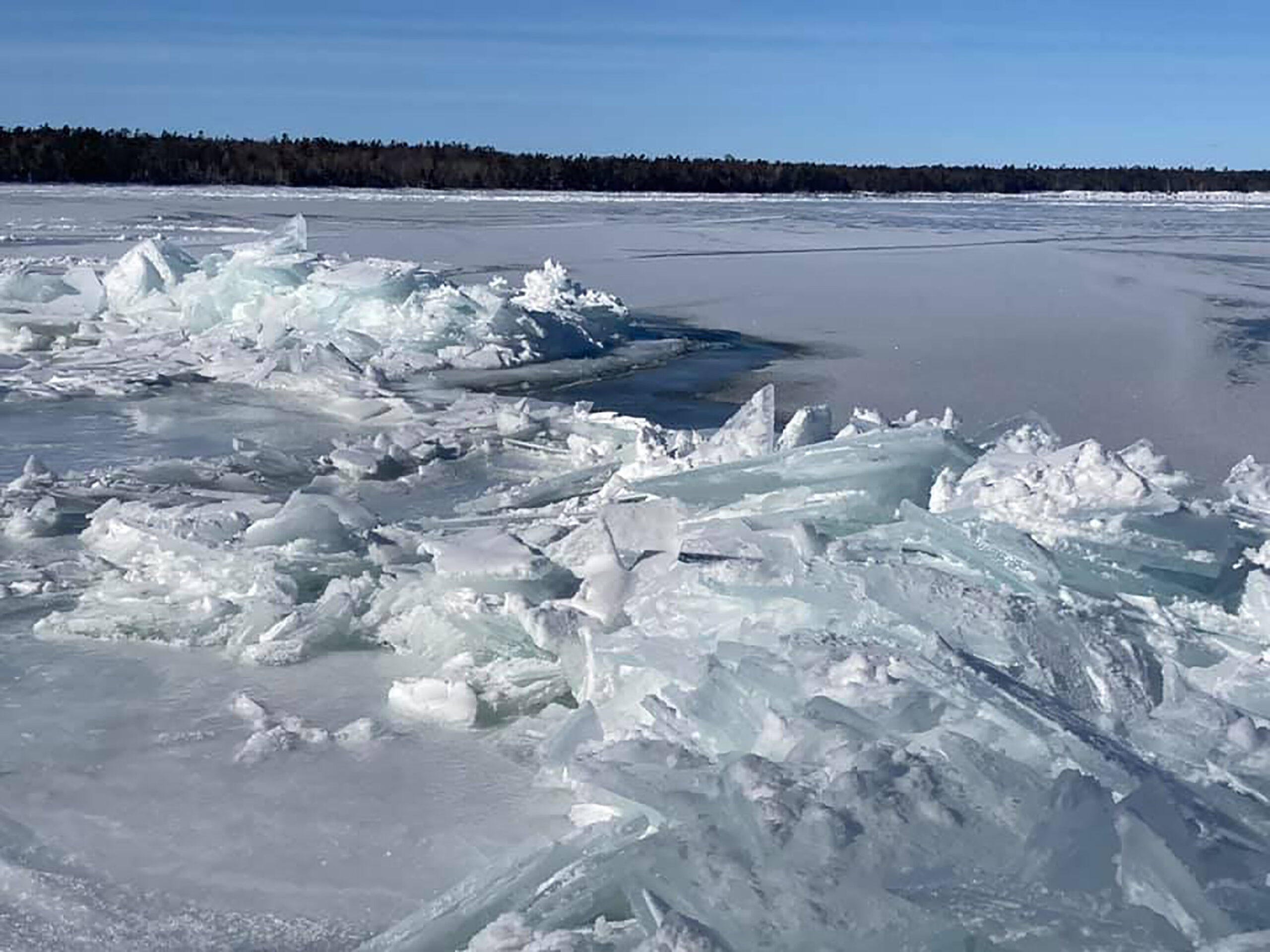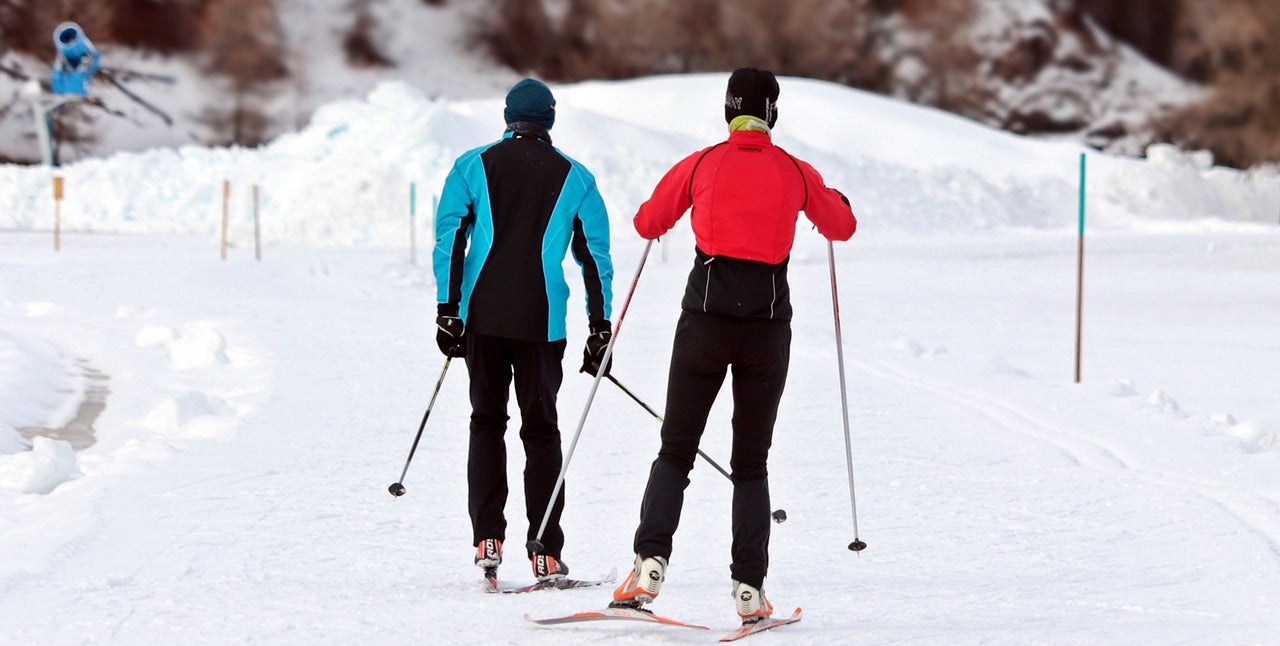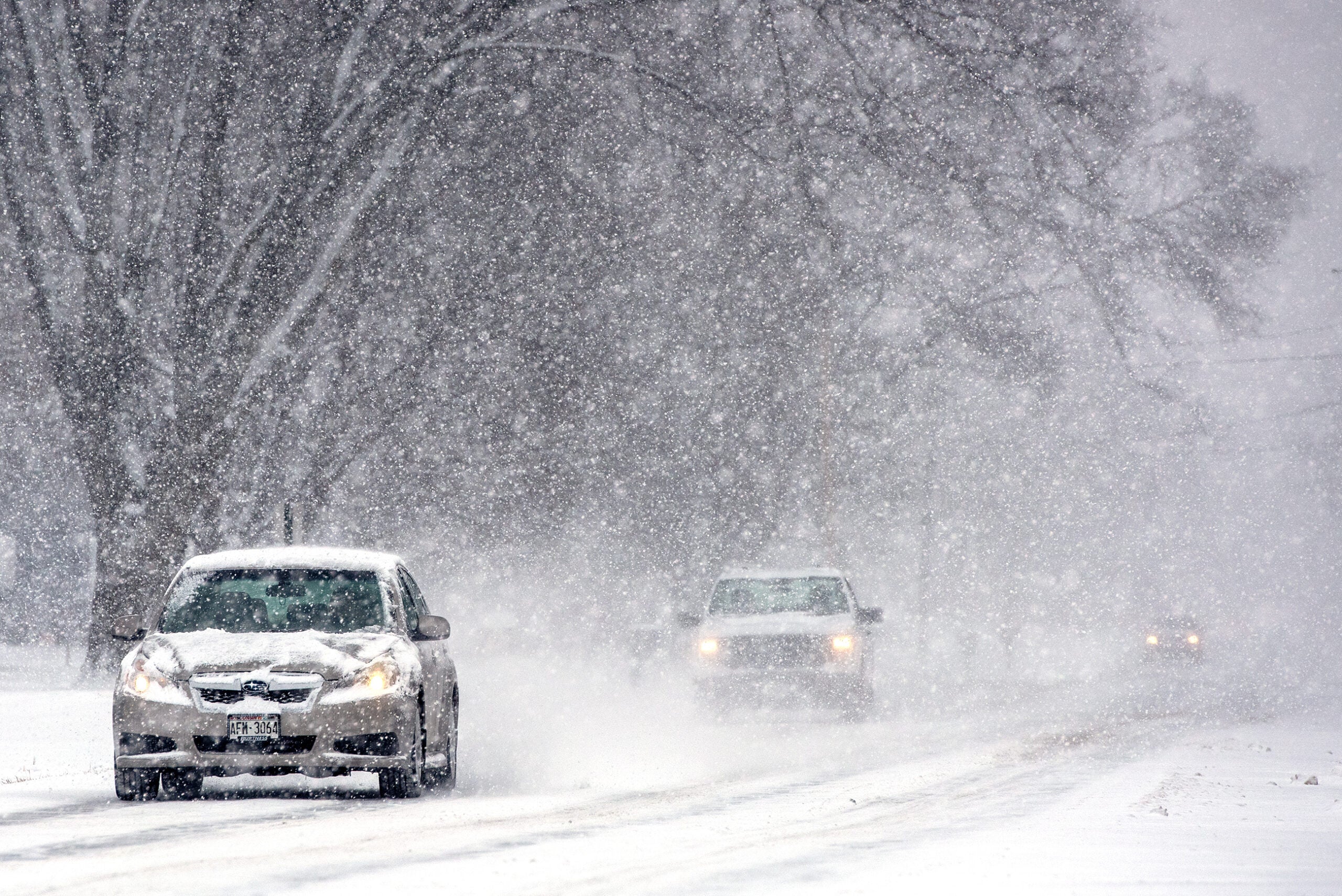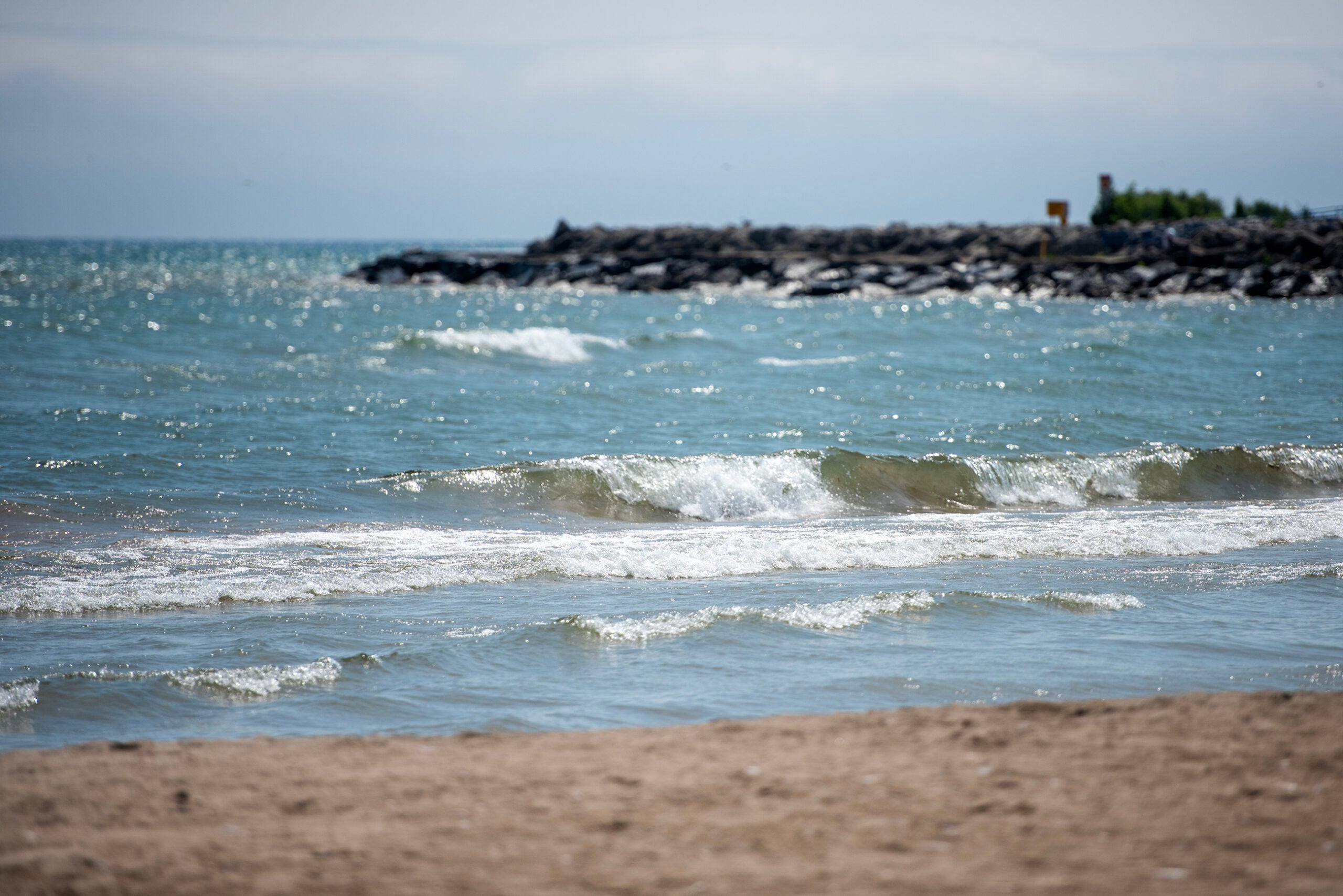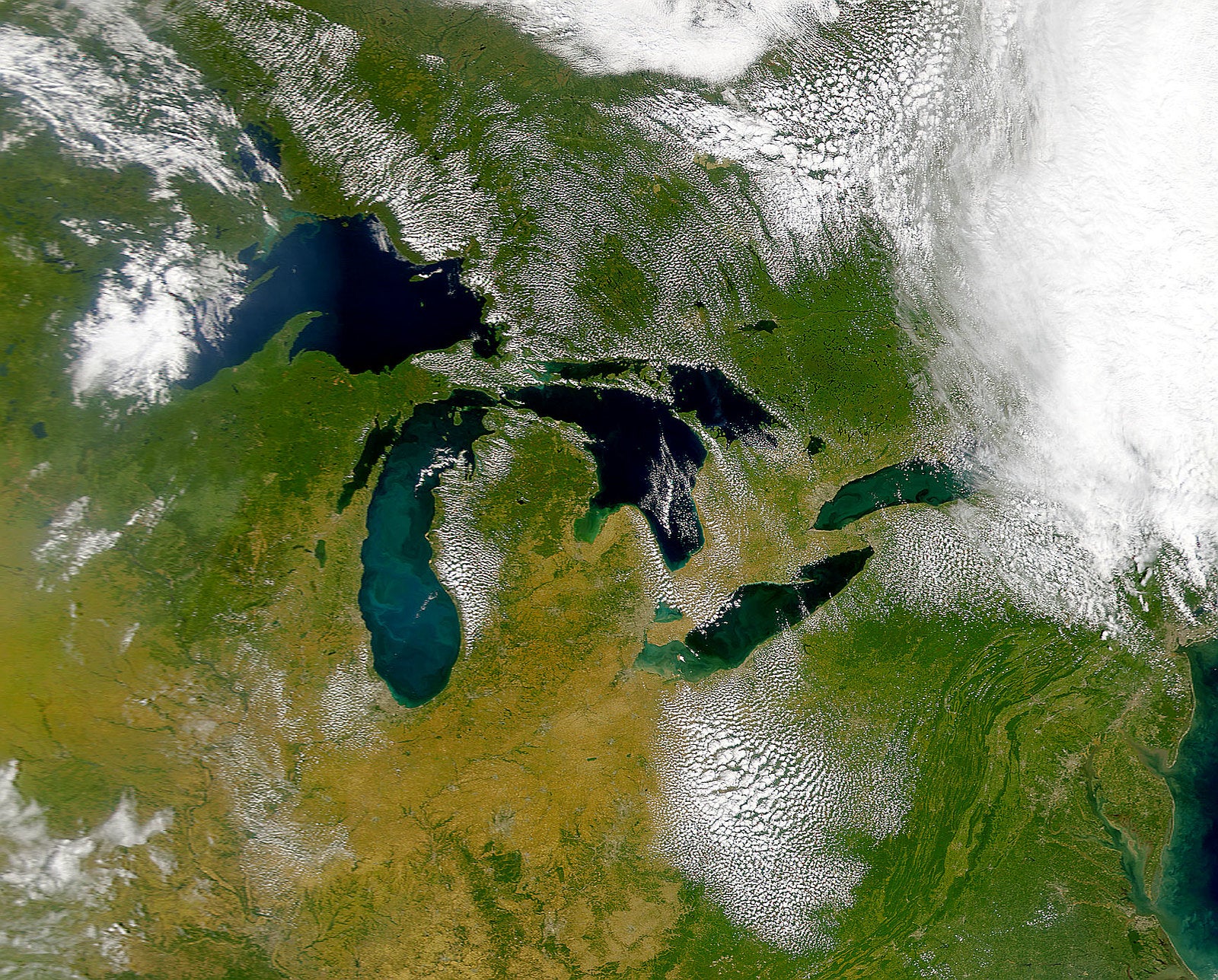Winter in Wisconsin conjures images of skiing, snow angels, snowmobiling and other cold-weather fun. But it can also bring dreaded events like freezing rain and ice storms.
One person asked Wisconsin Public Radio’s WHYsconsin if the state is experiencing more freezing rain and “wintry mix” events as the climate changes.
It’s a difficult question to answer, said Wisconsin’s assistant state climatologist Ed Hopkins. Freezing rain happens when rain falls when ground temperatures are at or below freezing, Hopkins said.
News with a little more humanity
WPR’s “Wisconsin Today” newsletter keeps you connected to the state you love without feeling overwhelmed. No paywall. No agenda. No corporate filter.
“When it makes contact with the surface, whether it be trees or sidewalks or powerlines, then it will freeze upon contact or soon thereafter,” he said.
It can cause “nasty” consequences.
“Just a very thin layer of water that’s frozen on the surface of the street and you can cause traffic accidents, traffic fatalities,” Hopkins said.
Differentiating freezing rain from other types of winter precipitation such as snow or sleet — which Hopkins prefers to call “ice pellets” — is best done by a human observer, Hopkins said. That’s why it’s difficult to know if the state is experiencing more of it as the climate warms.
Before the 1990s, the National Weather Service had round-the-clock human observations at some airports across Wisconsin. Now, that work is mostly done by automated weather observing systems, Hopkins said.
That system has its benefits, like enabling data collection from more locations. But it makes it more difficult to track subtle differences in types of precipitation, Hopkins said.
“We have about 80 or so stations throughout the state that take hourly observations,” Hopkins said.
But they don’t distinguish between the various types of freezing precipitation the same way a human would. That’s why there’s not enough data to prove if Wisconsin is in fact experiencing more freezing rain than it used to.
Still, Hopkins said without a doubt that Wisconsin winters are getting warmer. Temperatures in December, January and February went up about 5 degrees on average between 1971 and 2020, he said, more than any other meteorological season in the state.
According to a 2021 report from the Wisconsin Initiative on Climate Change Impacts, the weather in the state is changing.
“Communities across Wisconsin are feeling the impacts of climate change,” the report states. “Hot and muggy weather, more intense and frequent heavy rainfalls, freezing winter rain instead of snow, polar vortexes, derechos and other extreme events are challenging communities across Wisconsin.”
This story was inspired by a question shared with WHYsconsin. Submit your question below or at wpr.org/WHYsconsin and we might answer it.

